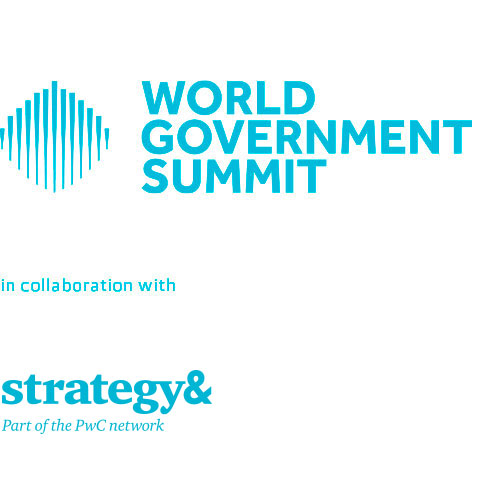Time to Future Proof .. A Blueprint for Holistic Urban Resilience
-
The Cost-Benefit Advantage of Urban Resilience
-
Hazards, Vulnerabilities, and Institutional Gaps in MENA Cities
-
The Attributes and Measurement of Urban Resilience
The COVID-19 pandemic has been a severe test of the ability of cities to withstand unexpected shocks, and has strained economic, health, social, and urban infrastructures to the limit. Beyond the pandemic, exposure to natural and human-caused hazards is expected to increase in frequency and scale due to climate change and rapid urbanization. In the Middle East and North Africa (MENA) region, the number of natural disasters per year has tripled since the 1980s, affecting over 40 million people. Cities are also exposed to violence and cyber-attacks. Building urban resilience is therefore imperative.
Strategy & has developed an evidence-based urban resilience framework that enables cities to assess their:- 1. exposure to hazards
- 2. vulnerabilities
- 3. institutional capacities to respond, recover, and transform in the face of shocks.
The framework is supported by 131 key performance indicators (KPIs) and a detailed qualitative checklist to assess urban resilience.






